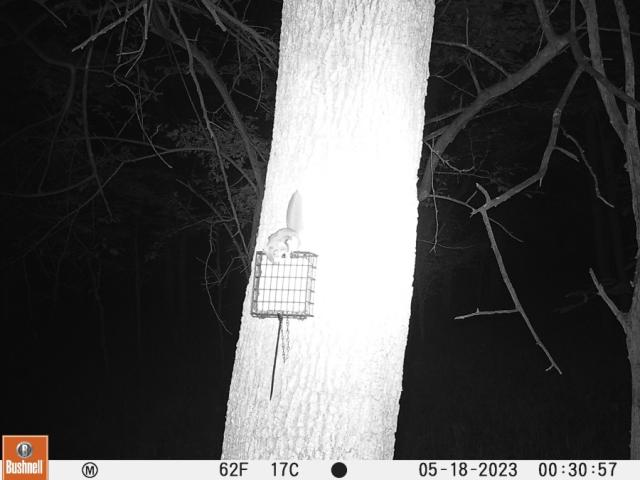Biologists are delving into the mysterious world of one of Kansas’ most enigmatic nocturnal creatures: the flying squirrel.
Despite Kansas being synonymous with vast prairies, these elusive creatures have been found dwelling in the state’s few forested areas, often escaping notice from unsuspecting residents.
Adam Ahlers, an associate professor at Kansas State University’s Department of Horticulture and Natural Resources, leads an extensive survey aimed at unraveling the secrets of the southern flying squirrel populations in Kansas. The project, conducted in collaboration with the Kansas Department of Wildlife and Parks, seeks to map out the distribution, genetic makeup, and population structure of these elusive creatures.
“Our goal is to provide Kansas Wildlife and Parks with a comprehensive map of the squirrels’ whereabouts,” Ahlers explains.
Initiated last year, the survey has already covered around 170 sites across Kansas, with plans to expand to 300 by 2025. Despite their presence being confirmed in the state, much remains unknown about their distribution and abundance.
Zack Cordes, an ecologist with the Kansas Department of Wildlife and Parks, sheds light on the habitat preferences of these creatures. Found primarily in the eastern third of Kansas, flying squirrels inhabit dense stands of trees and are seldom encountered by humans due to their nocturnal nature.
Cordes emphasizes their unique status as the only nocturnal squirrel variety in the state, relying on fruits, seeds, nuts, and insects for sustenance. While they are preyed upon by various predators such as bobcats, coyotes, and owls, their ability to glide through the air using specialized flaps sets them apart.
Designated as a Species in Need of Conservation, southern flying squirrels face threats from habitat degradation and invasive species. Survey efforts, bolstered by trail cameras and radio collars, have revealed surprising findings, including their presence in urban areas like Kansas City and smaller stands of trees away from forests.
As the survey continues, researchers remain optimistic about uncovering more insights into the elusive world of these fascinating creatures.















































